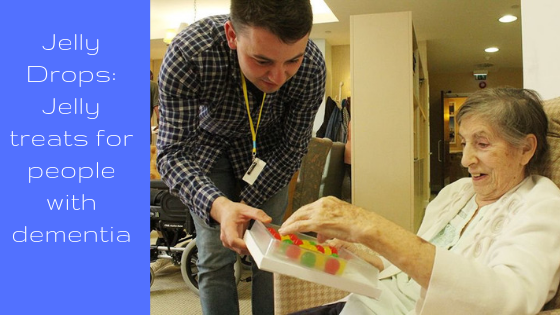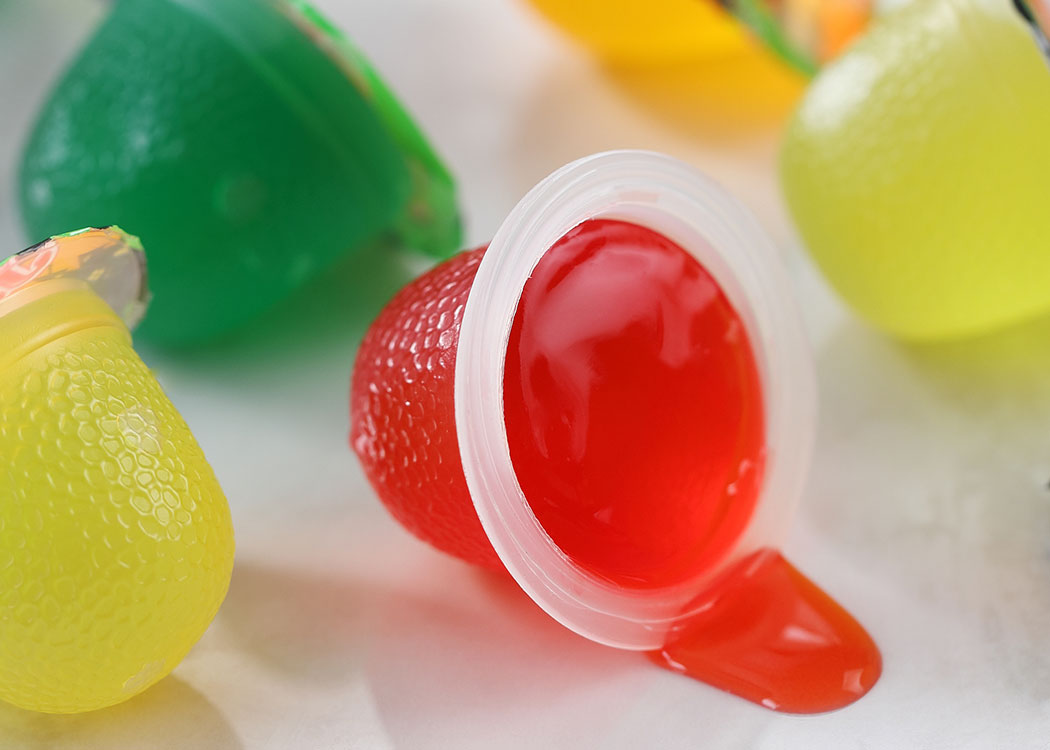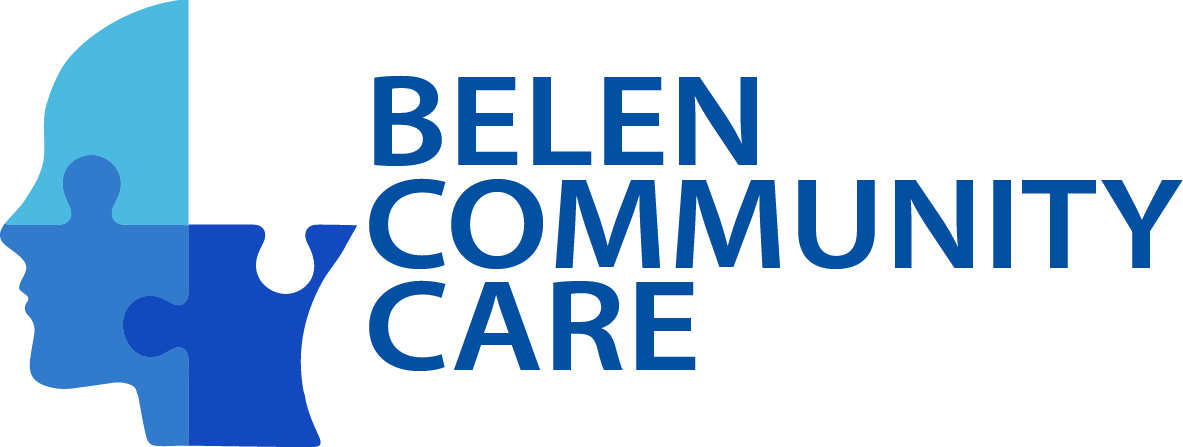
If you’ve been waiting on the edge of your seat to hear more about when Jelly Drops will be available to the public, you’ll be interested to know that they’re expected to be released soon, likely in the early months of 2019.
For those who aren’t familiar with Jelly Drops, they’re hydrating treats shaped like raindrops that come in a treat box with a see-through lid. The drops are meant to be appealing to people with dementia, as well as easy to grasp and swallow, and they contain water and electrolytes to help keep elderly patients hydrated.
People with Alzheimer’s and other forms of dementia often suffer from dehydration issues for a variety of reasons. One of those reasons is that they may simply forget to drink water or forget where to find water. Others may no longer find water palatable and forget that it is necessary, since they might not feel thirsty. Still others may even forget how to drink water or how to swallow properly. Many dementia patients suffer from dysphagia—a swallowing difficulty—and have a hard time swallowing thin liquids, leaving them unable to get enough fluids.
 This story begins when British college student Lewis Hornby’s grandmother, Pat, was taken to the hospital suffering from dehydration. She found drinking water difficult and unappealing, and Hornby wondered if there wasn’t a way to make liquids more palatable and interesting to patients with dementia.
This story begins when British college student Lewis Hornby’s grandmother, Pat, was taken to the hospital suffering from dehydration. She found drinking water difficult and unappealing, and Hornby wondered if there wasn’t a way to make liquids more palatable and interesting to patients with dementia.
What he came up with was Jelly Drops, a product that looks like a treat, comes in an easy-open box, is easy to grab and eat, and helps keep dementia patients healthy.
“According to Hornby, “These bright, tasty treats attract the attention of people with dementia, and the firm, easy to grip ‘drops’ makes them simple to pick up. The box itself contains many features to help people with dementia interact with it, and crucially it doesn’t look like a medical device.” He reports that when he first offered the drops to his grandma, she ate seven in 10 minutes, the equivalent of a full cup of water.
Since Hornby’s “water you can eat” story went viral, he has been bombarded by messages from people wishing to buy Jelly Drops for their elderly loved ones. The drops aren’t available yet, but, with the help of donors, Hornby is well on his way to getting Jelly Drops into production in just a few months.
“We hope to have Jelly Drops available early next year!” says the new Jelly Drops website. “In the meantime, perhaps you could make a very basic version by creating a firm jelly with hydration fluid and presenting it in a treat box. This would only be suitable for people that have the ability to swallow.”
 Hornby is consulting with food production experts to make sure the product is perfect before it hits the shelves. He’s also still doing trials in dementia care homes. The goal is to be able to help as many seniors with dementia as possible, including vegans, diabetics, and, of course, people suffering from dysphagia.
Hornby is consulting with food production experts to make sure the product is perfect before it hits the shelves. He’s also still doing trials in dementia care homes. The goal is to be able to help as many seniors with dementia as possible, including vegans, diabetics, and, of course, people suffering from dysphagia.
There is no word yet on the exact date we might see Jelly Drops arrive or where they’ll be available for sale. Because Hornby lives and works in the UK, there is also some question about when (and whether) Jelly Drops will receive FDA approval and be available for purchase in the United States.
And, of course, there’s that all-consuming question so many people have asked: what will the price be? Prohibitively high prices could destroy the buying power of many potential customers, especially since two boxes would be needed to keep a person fully hydrated for one day (if being used as a replacement for fluids instead of a supplement, as it is intended). At the right price point, however, millions of people around the world may soon be buying up to two boxes a day, depending on the individual needs of the people they care for.
Leave a reply










Leave a reply